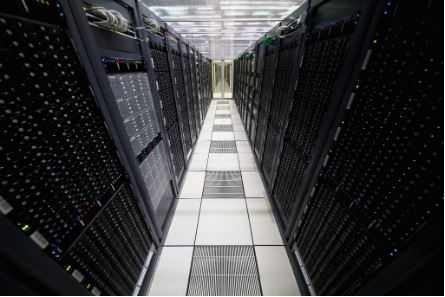“Server sprawl” is a term used to describe a waste of computing resources. It happens when those who used to make decisions on hardware purchases buy more computing resources that they would actually need for a stable application performance. Before Cloud computing, organizations usually used to buy more expensive servers in order to meet the growing resources demands. The one-to-one ratio was a model of computer usage which was considered as satisfactory by the IT leaders.
When most companies have begun using cloud-based infrastructure, they have started buying as many resources as they needed at the time when they deployed the cloud infrastructure, presuming that they can scale on the go. This has prevented cloud server sprawl. However, the rapidly growing cost of the cloud services have made many business owners to reconsider their IT strategies and to go back to an infrastructure models they can control. Those are generally two - to purchase own physical appliances and to collocate them into any data Center or to use dedicated server hosting
Dedicated Servers - Possible Solution to Server Sprawl
If a physical dedicated server is used as a single instance environment, the organizations rarely utilize more than 35% of its capacity. However, if the physical dedicated server is virtualized with VMware ESXi for example this allows the IT departments to:
- Separate the workflows into different Virtual Machines
- Separate the public workflows from the internal private ones
- Use the Hybrid IT infrastructure model on top of the virtualized physical server
- To connect their owned (on-premise) IT infrastructure with any Cloud based servers
- To deploy VMs on demand and to assign computing resources on demand per VM
Financially wise, the decision to purchase and own physical servers lowers technology related total cost of ownership in 2 year and 3-year terms and saves a lot of money to the organizations.
Technology wise, dividing a physical server into numerous virtual environments removes the physical boundaries and distributes all computing tasks and organizational workload into separate virtual machines, something that improves resource utilization.


Comments(0)